[Industrial Tourism] Discover the Craftsmanship and Dyeing Experience in Sakai, Home to 400 Years of Wazairashi Tradition!
![[Industrial Tourism] Discover the Craftsmanship and Dyeing Experience in Sakai, Home to 400 Years of Wazairashi Tradition!](https://resources.matcha-jp.com/resize/720x2000/2025/07/15-238856.webp)
We’ve prepared a special tour where you can visit companies located in southern Osaka and Wakayama, engage in dialogue with business leaders, and explore the backstage of traditional industries. In our Standard Plan, you'll have the opportunity to witness Japan’s proud traditional techniques and artisan skills up close, and experience the charm of craftsmanship through hands-on activities.
-
Table of Contents
- The Traditional Industry of “Wazarashi” in Sakai, Osaka
- Tour Details
- Let’s Take a Peek at the Tour!
- Dyeing experience
- Factory Tour
- How to Inquire
The Traditional Industry of “Wazarashi” in Sakai, Osaka
" Sakai " is a traditional industry in Sakai Sakai City , Osaka , that has been around for over 400 years, dating back to the Showa period. Known as "Sakai Wasarashi," "Wasarashi" refers to fabric made by removing impurities from cotton and bleaching it. Since the early Edo period, it has been produced in large quantities along the Ishizu River, which has Toyotomi water. Since its founding in 1931, this company has consistently produced all of its wasarashi fabrics in its own factory, from the production process to dyeing and cutting. By cooking the fabric in a large cauldron for approximately 35 hours, the fabric is soft to the touch without losing the natural texture of the cotton. By combining traditional techniques with new ideas that fit modern lifestyles, the company is promoting the appeal of wasarashi in a variety of ways.
![[Industrial Tourism] Discover the Craftsmanship and Dyeing Experience in Sakai, Home to 400 Years of Wazairashi Tradition!](https://resources.matcha-jp.com/resize/720x2000/2025/07/15-238833.webp)
Tour Details
In the dyeing experience, you'll choose your favorite color from six available dyes and create your very own original tenugui (Japanese hand towel)—a one-of-a-kind item in the world! You can take it home the same day. Feel the joy of crafting a unique piece with your own hands.
During the factory tour, you'll get an up-close look at the traditional process of making wazarashi. Take your time to appreciate the craftsmanship and depth of this time-honored production method, shaped by the dedication of skilled artisans.
During the factory tour, you can see the wasarashi manufacturing process up close. Take your time to appreciate the craftsmanship that goes into making wasarashi and the depth of manufacturing.
![[Industrial Tourism] Discover the Craftsmanship and Dyeing Experience in Sakai, Home to 400 Years of Wazairashi Tradition!](https://resources.matcha-jp.com/resize/720x2000/2025/07/15-238834.webp)
・Price: From 3,600 yen (tax included) per person
*Prices vary depending on the experience course.
・Number of participants: 2 to 40
・Time: Approximately 60 to 90 minutes
・Contents: Factory tour, dyeing experience
・Application acceptance: Up to 2 months in advance
Let’s Take a Peek at the Tour!
Here is an overview of the tour. The tour flow is as follows:
Dyeing experience ⇒ Factory tour
Dyeing experience
First, you will have the opportunity to try dyeing a tenugui cloth.
You can choose your favorite color from six dye colors and create a one-of-a-kind original tenugui by experimenting with folding and dyeing methods.
![[Industrial Tourism] Discover the Craftsmanship and Dyeing Experience in Sakai, Home to 400 Years of Wazairashi Tradition!](https://resources.matcha-jp.com/resize/720x2000/2025/07/15-238835.webp)
![[Industrial Tourism] Discover the Craftsmanship and Dyeing Experience in Sakai, Home to 400 Years of Wazairashi Tradition!](https://resources.matcha-jp.com/resize/720x2000/2025/07/15-238836.webp)
![[Industrial Tourism] Discover the Craftsmanship and Dyeing Experience in Sakai, Home to 400 Years of Wazairashi Tradition!](https://resources.matcha-jp.com/resize/720x2000/2025/07/15-238837.webp)
![[Industrial Tourism] Discover the Craftsmanship and Dyeing Experience in Sakai, Home to 400 Years of Wazairashi Tradition!](https://resources.matcha-jp.com/resize/720x2000/2025/07/15-238853.webp)
Dyeing is very easy! The staff will explain the steps carefully, so even beginners can participate with confidence. The finished pattern varies greatly depending on how the fabric is folded (equilateral triangle or isosceles triangle) and how long it is soaked in the dye. There is a sense of tension in the air at the moment of dyeing, and the expressions of the participants are very serious.
![[Industrial Tourism] Discover the Craftsmanship and Dyeing Experience in Sakai, Home to 400 Years of Wazairashi Tradition!](https://resources.matcha-jp.com/resize/720x2000/2025/07/15-238838.webp)
Once the towel has been washed, dehydrated, and dried, you'll be thrilled when the vibrant patterns emerge. You can take the finished towel home with you right away!
Factory Tour
Now, let's take a look at the company's technology. You can see the entire process up close, from the bleaching process, where the fabric is slowly cooked in a high-temperature pot, to the roll-printing process, where the patterns are printed, and the latest silk screen printing.
![[Industrial Tourism] Discover the Craftsmanship and Dyeing Experience in Sakai, Home to 400 Years of Wazairashi Tradition!](https://resources.matcha-jp.com/resize/720x2000/2025/07/16-238955.webp)
![[Industrial Tourism] Discover the Craftsmanship and Dyeing Experience in Sakai, Home to 400 Years of Wazairashi Tradition!](https://resources.matcha-jp.com/resize/720x2000/2025/07/15-238839.webp)
![[Industrial Tourism] Discover the Craftsmanship and Dyeing Experience in Sakai, Home to 400 Years of Wazairashi Tradition!](https://resources.matcha-jp.com/resize/720x2000/2025/07/15-238840.webp)
![[Industrial Tourism] Discover the Craftsmanship and Dyeing Experience in Sakai, Home to 400 Years of Wazairashi Tradition!](https://resources.matcha-jp.com/resize/720x2000/2025/07/15-238841.webp)
The first thing you see is the Japanese bleaching process, where the fabric is cooked in a huge cauldron. In the Japanese bleaching process, the fabric is first carefully packed into baskets and then carried into the large cauldron. This cauldron can hold an amazing amount of fabric, enough for about 50,000 tenugui towels, or about 42 km of fabric, at one time. While Western bleaching takes about an hour to complete, Japanese bleaching takes about three days to carefully remove impurities and bleach the fabric. If you compare the fabric before and after processing, the difference is obvious! When it is taken out of the kiln it is pure white, and by cooking it slowly it gives the fabric a fluffy finish without putting any stress on it.
![[Industrial Tourism] Discover the Craftsmanship and Dyeing Experience in Sakai, Home to 400 Years of Wazairashi Tradition!](https://resources.matcha-jp.com/resize/720x2000/2025/07/15-238844.webp)
![[Industrial Tourism] Discover the Craftsmanship and Dyeing Experience in Sakai, Home to 400 Years of Wazairashi Tradition!](https://resources.matcha-jp.com/resize/720x2000/2025/07/15-238843.webp)
![[Industrial Tourism] Discover the Craftsmanship and Dyeing Experience in Sakai, Home to 400 Years of Wazairashi Tradition!](https://resources.matcha-jp.com/resize/720x2000/2025/07/15-238848.webp)
After that, we went to the dyeing site. Here, we saw a "roll printing machine" that is operated by only a handful of companies nationwide. The "blade" that scrapes off the dye with the machine determines the quality of the dyeing. In order to dye beautifully, delicate adjustments by craftsmen, "sharpening the blade" is essential.
![[Industrial Tourism] Discover the Craftsmanship and Dyeing Experience in Sakai, Home to 400 Years of Wazairashi Tradition!](https://resources.matcha-jp.com/resize/720x2000/2025/07/15-238845.webp)
![[Industrial Tourism] Discover the Craftsmanship and Dyeing Experience in Sakai, Home to 400 Years of Wazairashi Tradition!](https://resources.matcha-jp.com/resize/720x2000/2025/07/15-238852.webp)
You can also observe the silk screen printing process using the latest equipment. They also produce products that are suited to modern lifestyles, such as gauze pajamas, scarves, and yukatas, and the vibrant process that combines tradition and modernity is well worth seeing.
![[Industrial Tourism] Discover the Craftsmanship and Dyeing Experience in Sakai, Home to 400 Years of Wazairashi Tradition!](https://resources.matcha-jp.com/resize/720x2000/2025/07/15-238850.webp)
This is a rare opportunity to experience the spirit of Japanese "monozukuri" (craftsmanship). Why not experience the depth of Japanese craftsmanship by touching and smelling the fabric? We welcome visitors from overseas. *An interpreter must accompany you.
How to Inquire
1. Please fill out the necessary information in the form below and contact us.
2. We will contact you from "industrial.tourism@nankai.co.jp" within 3 business days.
From consultations about available dates to detailed tour information,
Please feel free to contact us!
[Where tradition meets modernity] We will spread the appeal of Wakayama and Osaka to the world. HP: https://www.japanrootsguide.com/jp Let's travel Japan together and create inspiring stories and unforgettable experiences. From the tranquil temples and shrines of Wakayama and the soothing green mountains to the vibrant city and delicious food of Osaka, We will deliver the charm of this place to you in full detail. Let's join us and enjoy the beauty of Japan. "This account is operated by Nankai Electric Railway Co., Ltd." [Photo description] 1. Rapi:t Express Train Connecting Kansai International Airport and Namba 2. Nachi Falls and the Mie Pagoda of Seiganto-ji Temple (Photo courtesy of the Wakayama Prefecture Tourism Federation)
The contents on this page may partially contain automatic translation.
















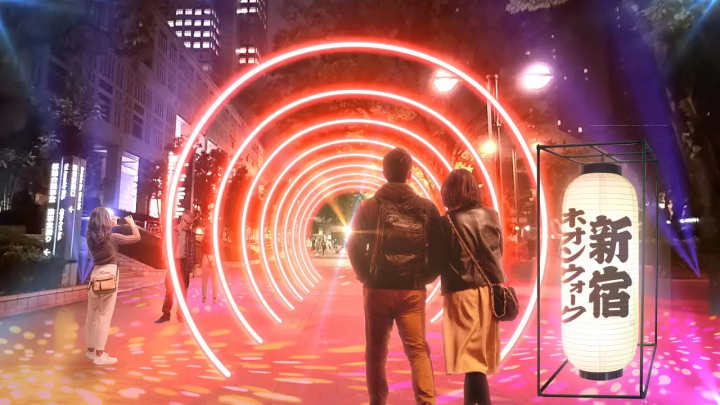
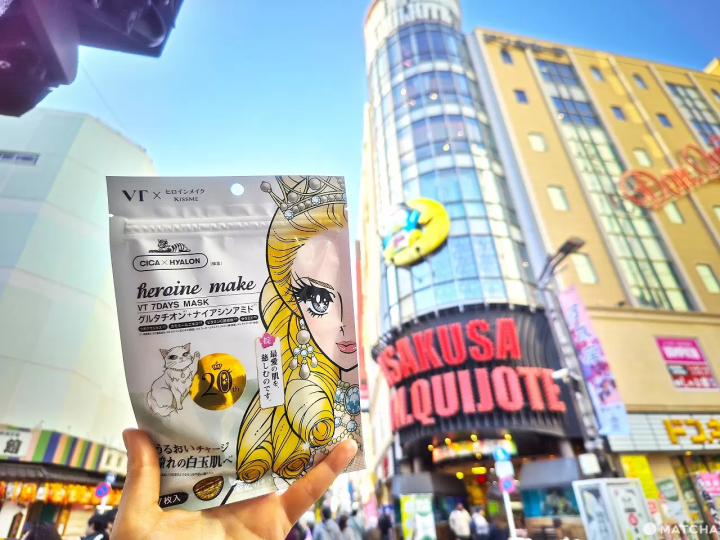
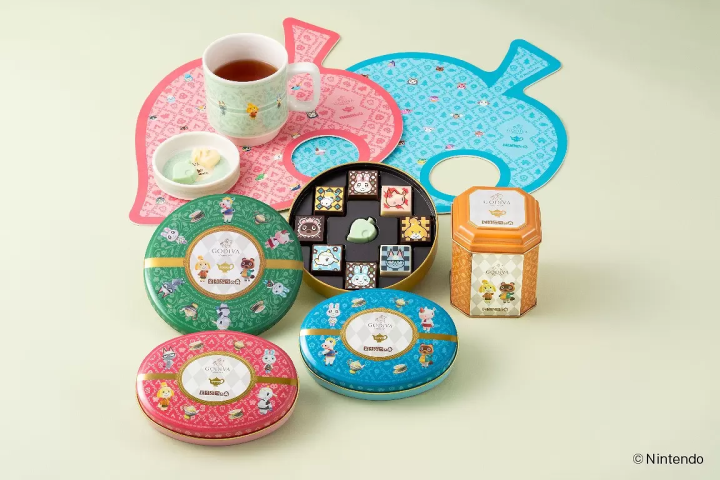
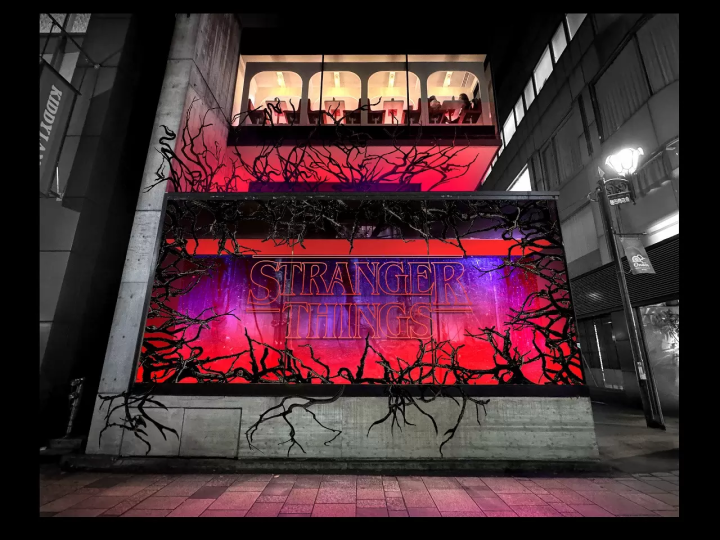
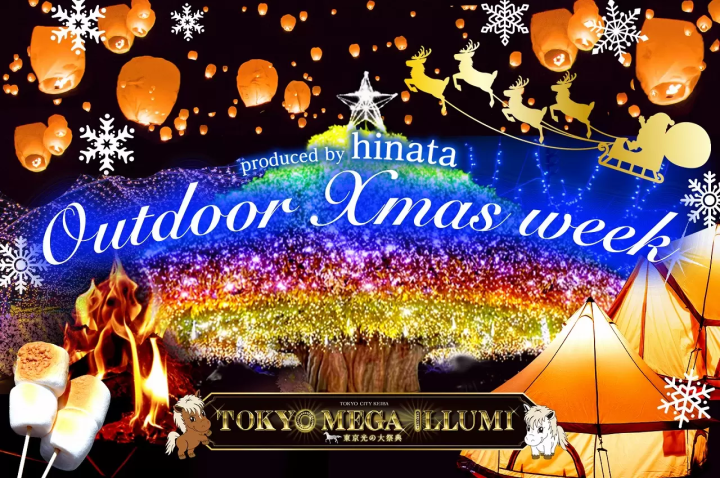
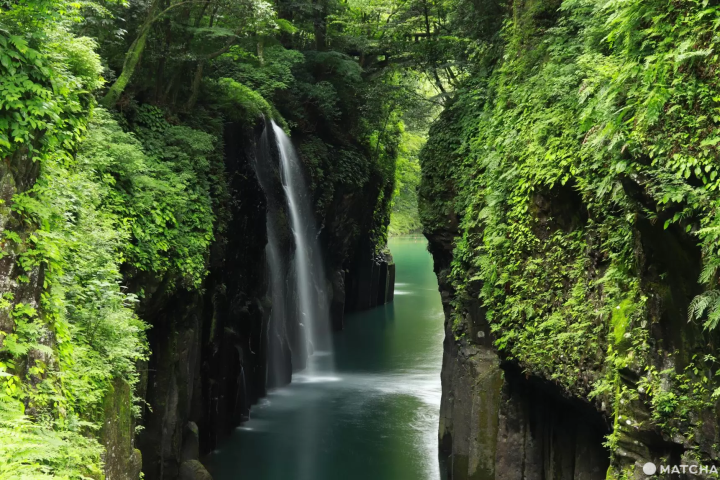




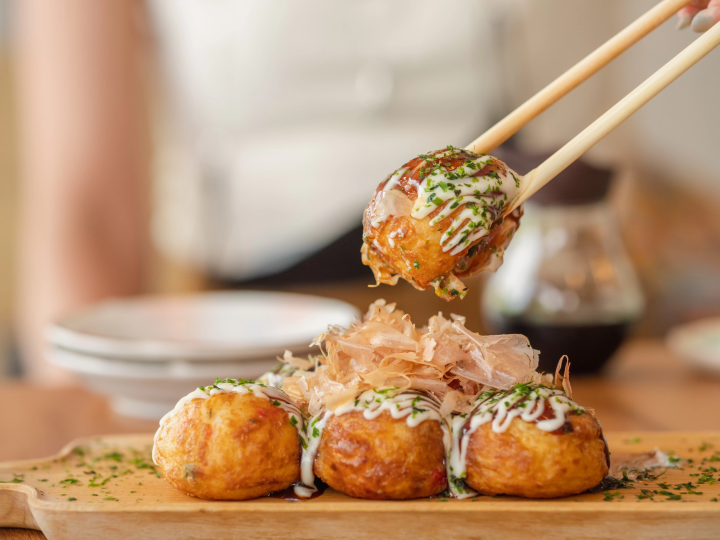
![[2026 Edition] FORMUAL 1 JAPANESE GRAND PRIX Information](https://resources.matcha-jp.com/resize/720x2000/2025/10/05-245984.webp)
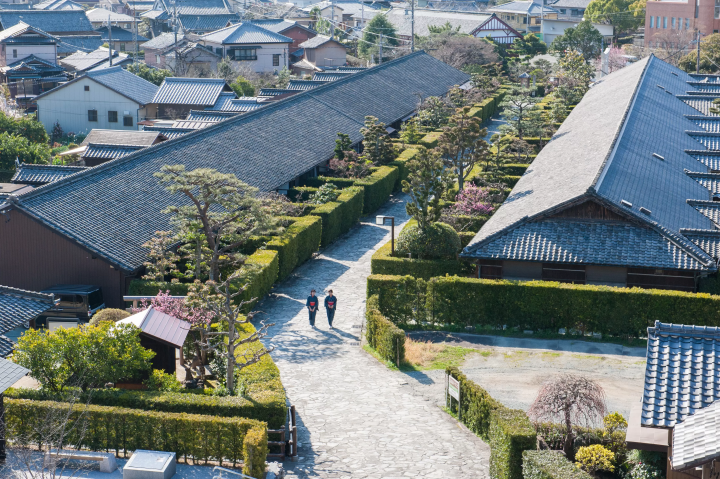
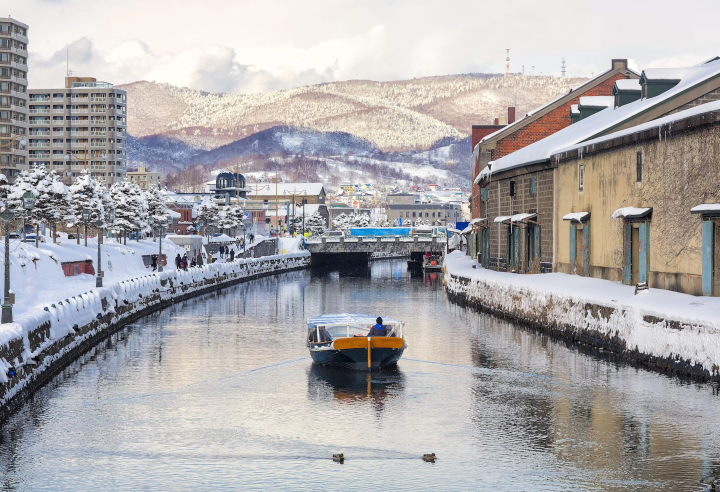
![[2025 Update] Namba's spectacular illuminations! "Namba Hikari Tabi" with approximately 1 million shining lights](https://resources.matcha-jp.com/resize/720x2000/2025/12/12-252825.webp)